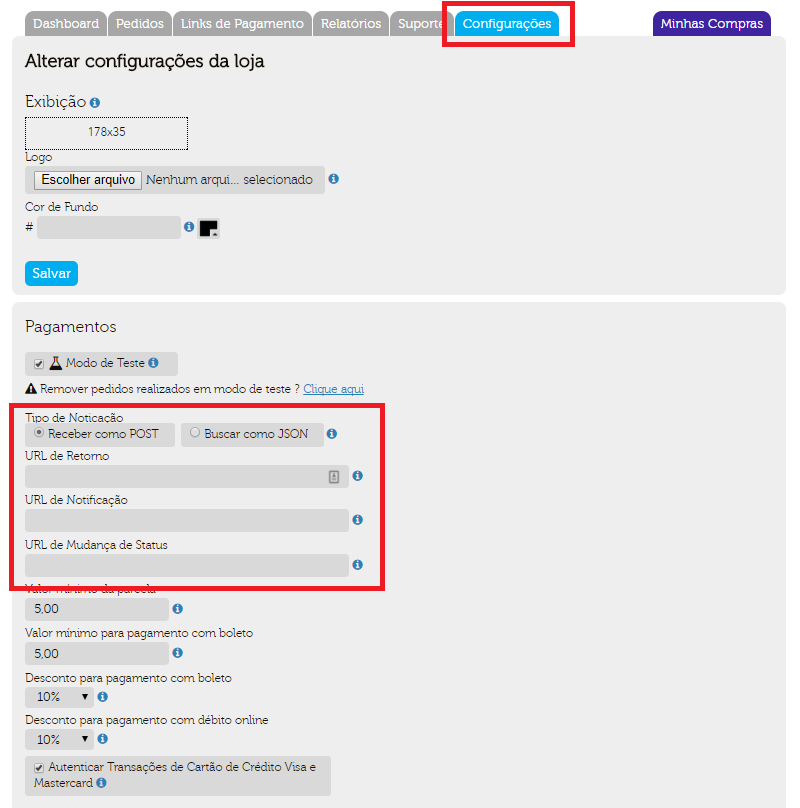

As the HTTP/1.0 standard did not define any 1xx status codes, servers must not send a 1xx response to an HTTP/1.0 compliant client except under experimental conditions.ġ00 Continue The server has received the request headers and the client should proceed to send the request body (in the case of a request for which a body needs to be sent for example, a POST request). The message consists only of the status line and optional header fields, and is terminated by an empty line. It alerts the client to wait for a final response. It is issued on a provisional basis while request processing continues. 5xx server error – the server failed to fulfil an apparently valid requestĪn informational response indicates that the request was received and understood.4xx client error – the request contains bad syntax or cannot be fulfilled.


1xx informational response – the request was received, continuing process.There are five classes defined by the standard:
#ERRO FLASHCODE 0 HTTPSTATUS 200 CODE#
The first digit of the status code defines the class of response, while the last two digits do not have any classifying or categorization role. Īll HTTP response status codes are separated into five classes or categories. The Internet Assigned Numbers Authority (IANA) maintains the official registry of HTTP status codes. Unless otherwise stated, the status code is part of the HTTP standard ( RFC 9110). The optional message phrases shown are typical, but any human-readable alternative may be provided, or none at all. The first digit of the status code specifies one of five standard classes of responses. It includes codes from IETF Request for Comments (RFCs), other specifications, and some additional codes used in some common applications of the HTTP. Status codes are issued by a server in response to a client's request made to the server. This is a list of Hypertext Transfer Protocol (HTTP) response status codes.


 0 kommentar(er)
0 kommentar(er)
